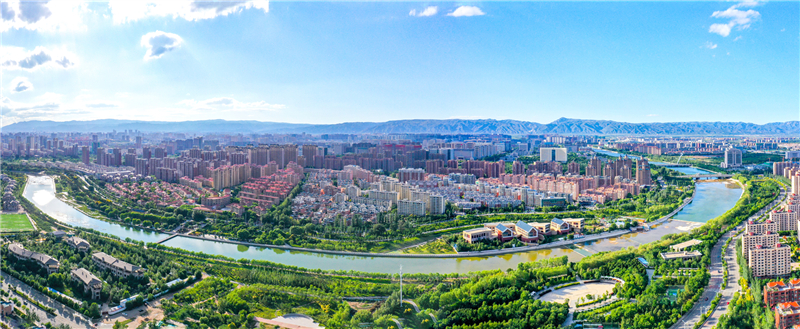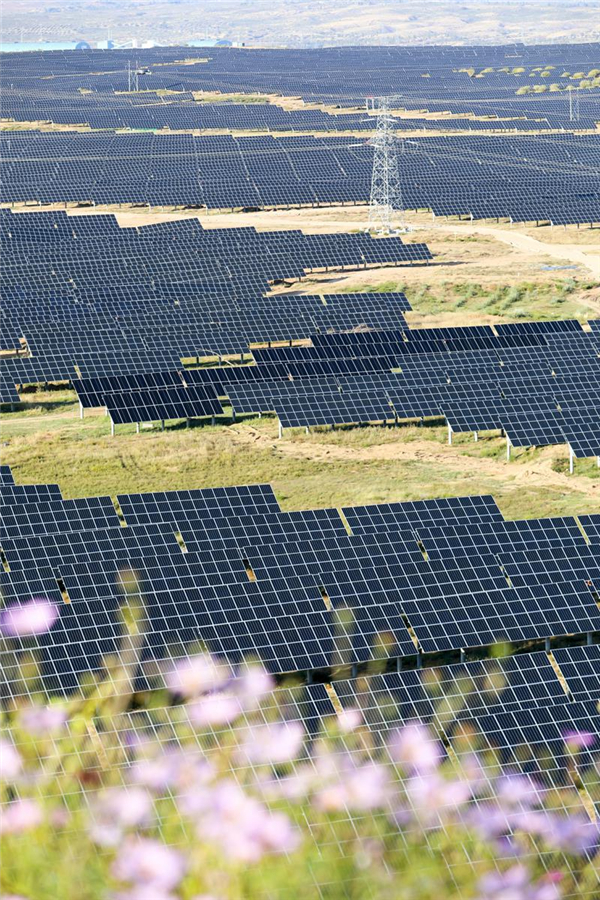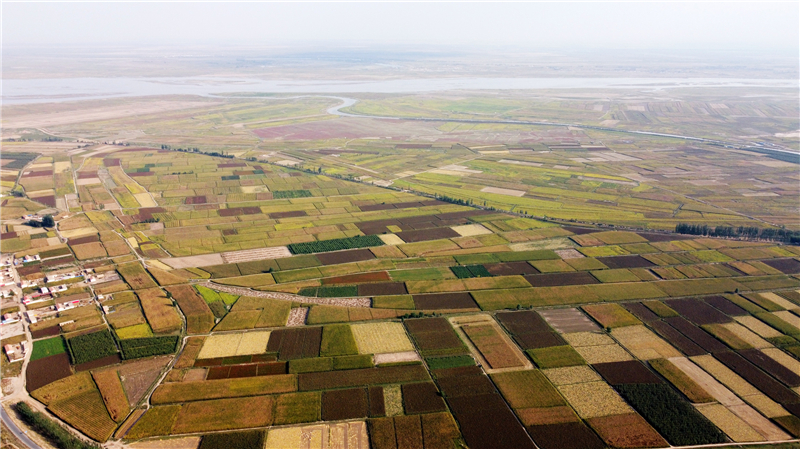Green changes give Inner Mongolia fresh, vibrant facelift

Hohhot, the capital city of Inner Mongolia autonomous region, turns green for the region's ecological efforts. [Photo by Le Yan/provided to chinadaily.com.cn]
Exploring a new pathway for its high-quality development – with ecological priorities and green developments as its guide – North China's Inner Mongolia autonomous region has experienced significant changes in recent years.
That's according to Gong Mingzhu, director of the region's development and reform commission, in a recent special interview with China Daily.
Gong said the gratifying changes were reflected in such key fields as protecting and treating the ecological system and environment, building a modern industrial system with green advantages and ensuring and improving people's livelihoods.
The changes were also instrumental in optimizing the business environment, strengthening scientific research and innovation, as well as helping to open up the region to the outside world.
In 2021, Inner Mongolia completed the planting of 5.94 million mu (393,333 hectares) of forests and 16.67 million mu of grass. Land covering 5.3 million mu was treated from desertification, while 133 green mines were built.

A vast expanse of solar panels shadows the solar photovoltaic power station at Wulanmulun town of Ejin Horo Banner in Ordos, Inner Mongolia autonomous region. [Photo provided to chinadaily.com.cn]
Both the grassland vegetation coverage and forest coverage improved, while the area of desertified land decreased.
Meanwhile, the region's grain output in 2021 hit 38.41 billion kilograms, an increase of 1.76 billion kg on the previous year.
The performance reportedly set a record and capped off 18 consecutive years of bumper harvests.
In the first three quarters of last year, Inner Mongolia had an estimated 77.41 million head of livestock and produced 1.6 million metric tons of meat, achieving stable meat production for the 17th consecutive year.
With regards to development in the energy sector, in 2021, Inner Mongolia ensured the coal supply to 18 provinces. The approved scale of wind power and solar power projects in the region exceeded 40 million kilowatts and renewable energy power generation increased by 27.5 percent.
Last year, Inner Mongolia added 224,000 people employed in its towns and urban areas, which was 112 percent of the annual target. The incomes of urban and rural areas increased by 7.3 percent and 10.7 percent, respectively.
Additionally, an all-round opening-up development pattern is said to be gradually taking shape in Inner Mongolia. The region handled a total of 6,162 China-Europe freight trains last year, up 13.3 percent and foreign trade was worth 123.6 billion yuan ($18.54 billion), up 17.2 percent year-on-year.

The vast fields in Inner Mongolia autonomous region enter the season of grain ripening. [Photo by Qi Hongyan/provided to chinadaily.com.cn]



 Print
Print Mail
Mail


